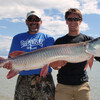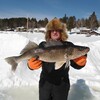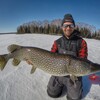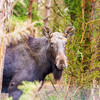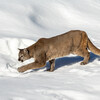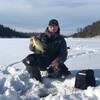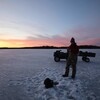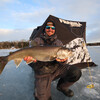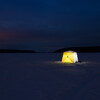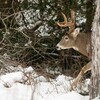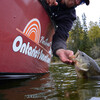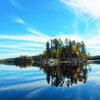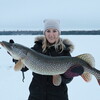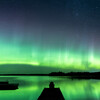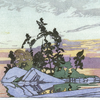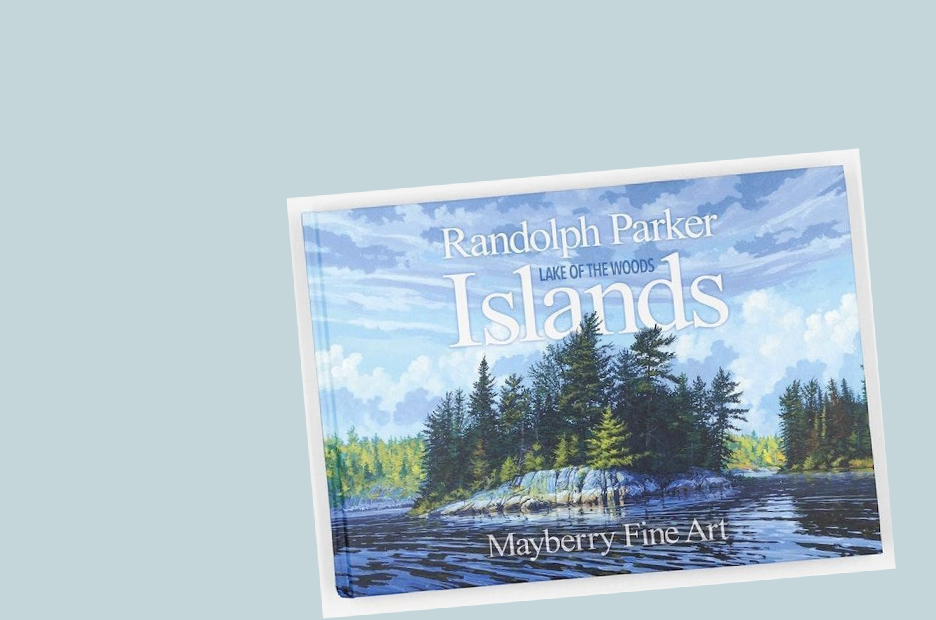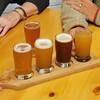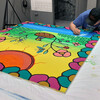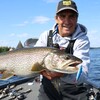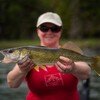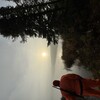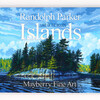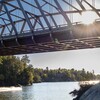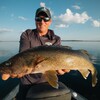Hunting for the Magic Light
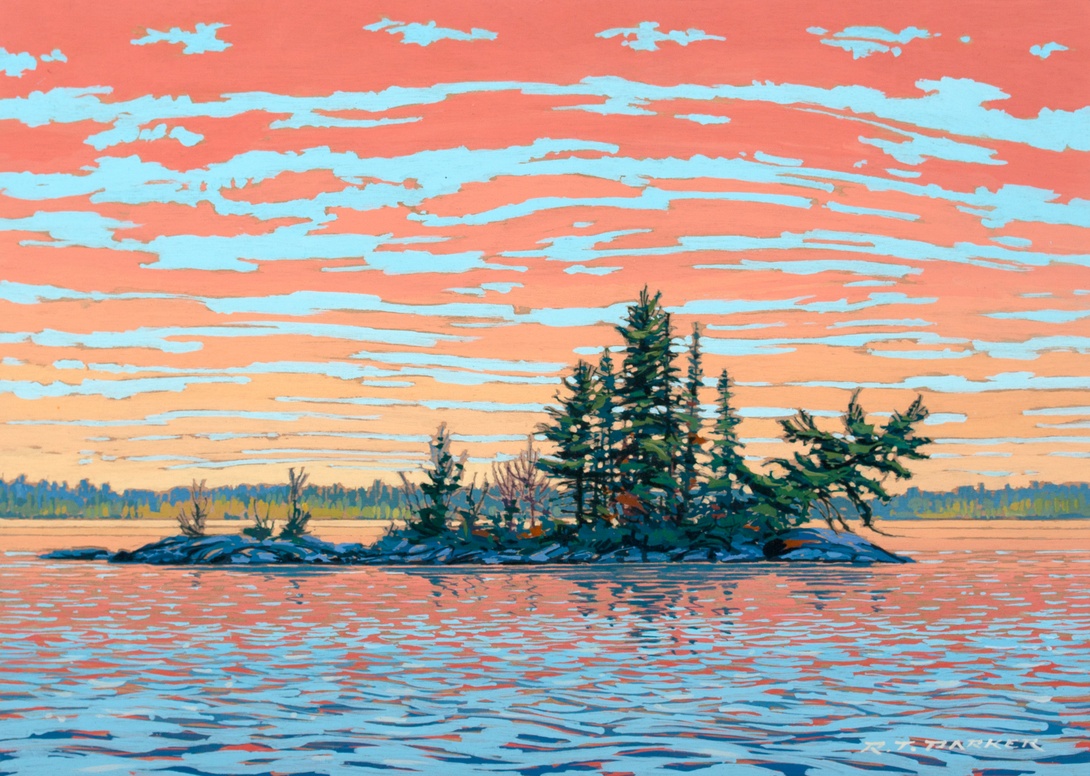
As a young man who had emigrated from Ireland to Canada, Bill Mayberry was fascinated by the expansive beauty of Sunset Country’s Lake of the Woods, and with the idea a person could own one of the 14,000-plus islands that dotted the lake.
“That intrigued me. We eventually bought property on the lake – although not an island – and I couldn’t get enough of exploring Lake of the Woods,” Mayberry says.
The northwestern Ontario-northern Minnesota lake in the western reaches of the Canadian Shield has proven to be a decades-long source of inspiration and adventure for the Winnipeg art dealer. He invited artists he represented to sketch and paint the lake’s landscapes, just as many of Canada’s celebrated and intrepid artists did a century ago.
Mayberry, himself, set a personal goal to pinpoint the locations where British-born artist Walter J. Phillips painted his most famous Lake of the Woods works. “Phillips came to Canada in 1913. He made Lake of the Woods his place to work for the next 25 years,” says the co-owner of Mayberry Fine Art galleries in Winnipeg and Toronto.
It took Mayberry nearly 20 years to find the island captured in what is perhaps Phillips’ most iconic Lake of the Woods piece – a 1928 coloured woodblock print entitled Sunset, Lake of the Woods.
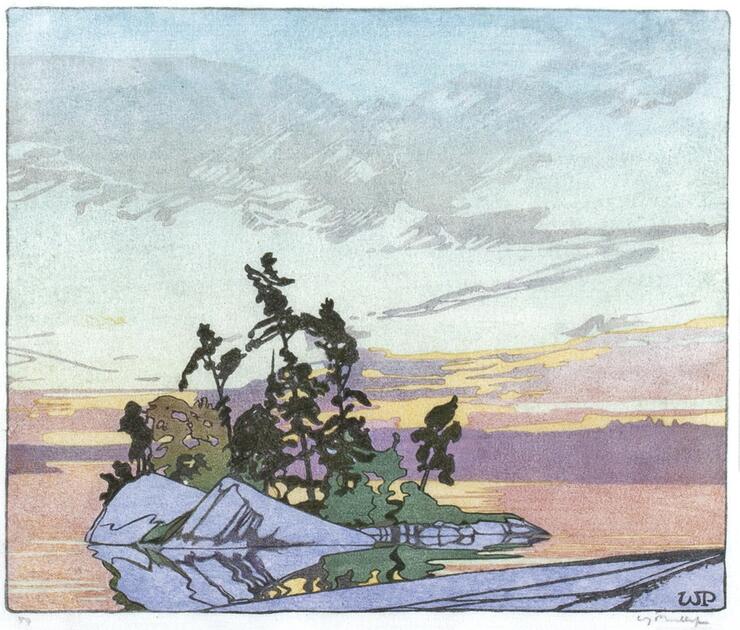
In 2014, Mayberry guided Canadian landscape artist and long-time friend Randolph Parker to that historic place.
It would have been much easier if Phillips had just put the GPS coordinates on his artwork, Mayberry and Parker joked when they arrived at their destination.
But from that bemusement, an intriguing idea was born – an idea that would spawn an epic art odyssey that culminated in 2022 with the exhibition of Parker’s Islands – Lake of the Woods collection of 220 paintings and launch of a companion coffee table book.
In what is believed to be a first for the art world, each of Parker’s island works is tagged with Global Positioning System (GPS) coordinates documenting its location on the lake. In the 230-page book, every painting is similarly charted and indexed.
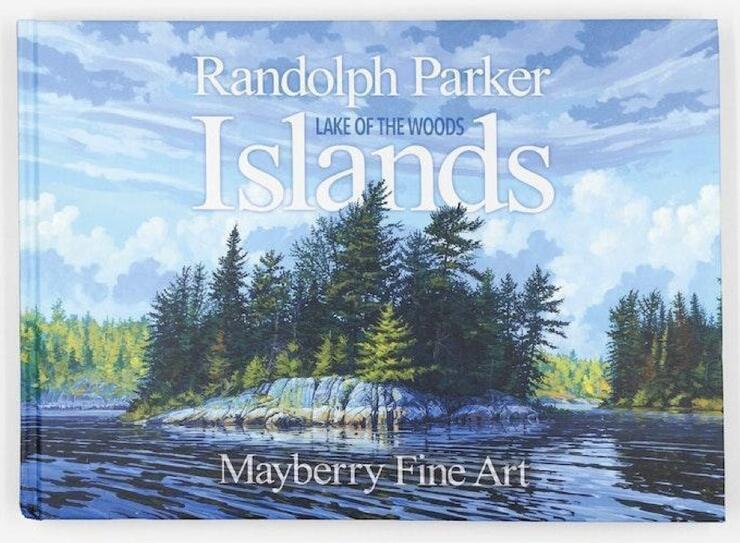
Additionally, an interactive online map pinpoints every painting’s location with pop-ups of the artwork and GPS coordinates, allowing adventurous boaters the opportunity to follow in Mayberry and Parker’s wake using their smartphones.
“My hope is that Islands – Lake of the Woods will inspire others to travel the same routes we did, to weave among the islands and explore this very special place from north to south, east to west,” Mayberry offers.
He and Parker devoted six years to the Islands project, travelling 2,800 km on the lake in every season -- by motor boat, kayak, canoe and snowmobile.
“This project is exceptional because of the scale alone,” says Parker, a nationally recognized landscape painter who works from his studio on Salt Spring Island off Canada’s west coast.
“Originally, we thought the project would take about a year,” muses Parker, who had first planned to create about 100 paintings. “But after that time, we realized we had covered only one section of the lake.”
Ultimately, the duo gave themselves permission to dive headlong into a multi-year adventure that saw them travel into all corners of the lake.
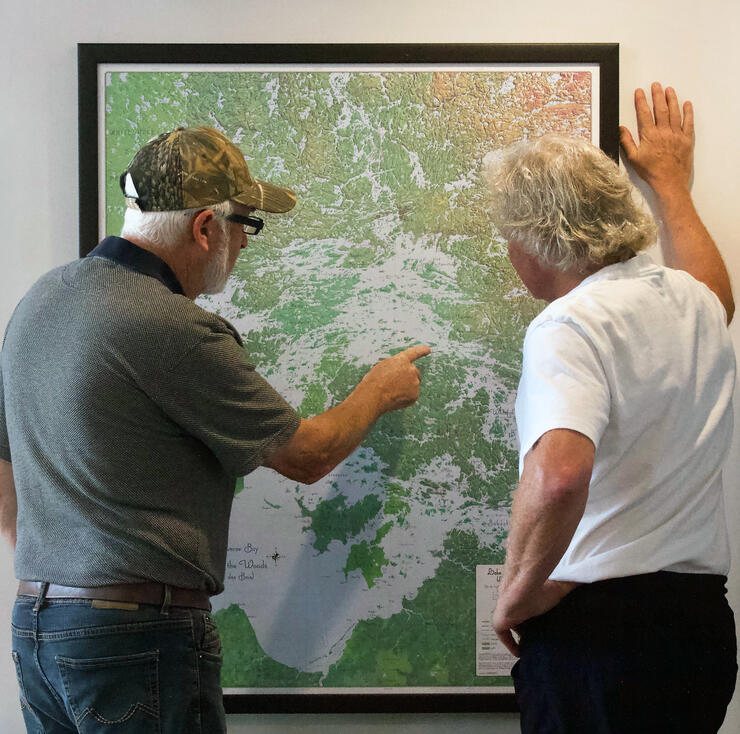
If Lake of the Woods looks formidable on a map, that’s because it truly is. The lake is 104 km long and 109 km wide, and contains 14,522 islands within its waters. Its shoreline is more than 100,000 km long. The northern part of the lake, around Kenora, has the most human habitation, while the southern part sees very little human activity.
“We were in and out of boats crossing the lake together, finding the more inspirational places,” says Parker, 68. “We would be crossing the lake and spot an unusual shape. The closer we would get, the more excited we would get. Usually, we would circle the island until just the right combination of rock, water, trees and light would present itself, and I would think, ‘This is the image!’”
The Islands collection includes large-scale acrylic paintings on canvas, smaller works on birchwood panels and watercolour sketches. But the creation process for all was the same.
“I would start with a drawing, and then take many photographs. The photos could only take me so far, but did provide compositional structure and some details. Creating the watercolours is the next step, allowing insight into how the final painting will evolve,” says Parker, who studied art at Mount Allison and York universities.
“We went out on the lake in every kind of weather,” says Mayberry, 73. “Beautiful days. Calm days. Rough days. Grey days. And, Randolph would come up with a very interesting composition with a great mood and atmosphere.”
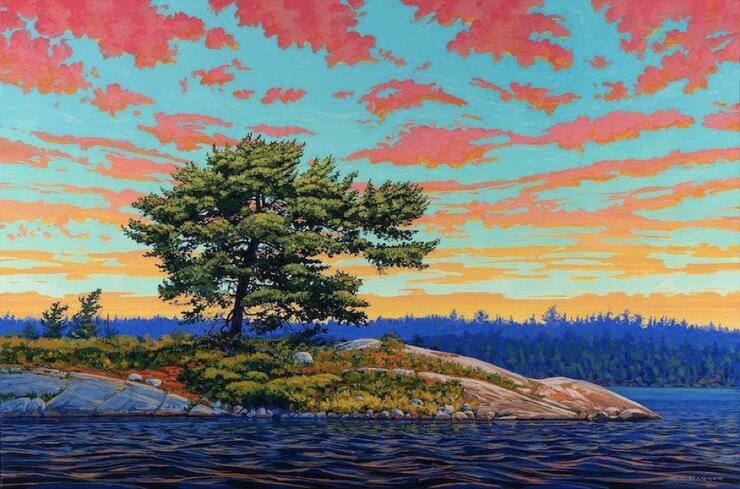
For decades, art lovers and artists alike have tried to find the locations that have been captured in paintings by prominent Canadian artists, particularly the Group of Seven. (That fact inspired the Group of Seven driving tour with its interpretive panels installed along the Algoma and Lake Superior north shore routes in Ontario.)
“Identifying a painting’s location by its GPS coordinates seems like such a simple idea. It’s staggering that it’s never been done,” says Parker, adding, “It’s a massive amount of work to keep track of the coordinates. Every number has to be correct.”
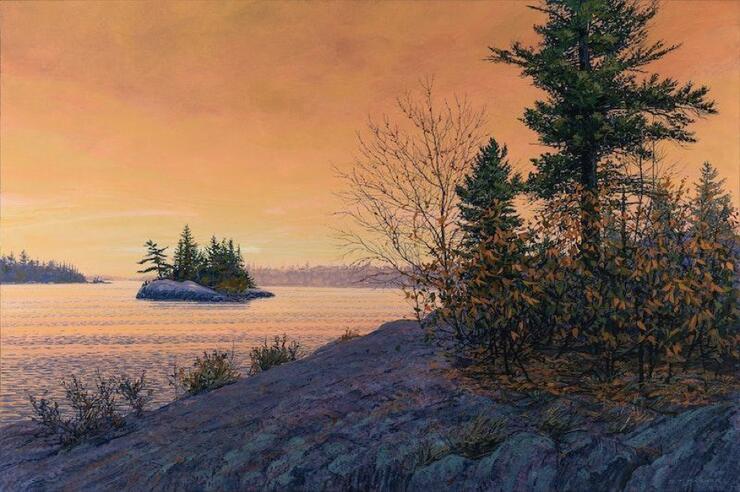
Mayberry says that using a GPS not only makes finding an artwork’s location infinitely easier, it makes the tracking process safer. “The lake is charted in such a way, that the GPS will plot you a route to get you there that won’t take you over a reef,” he notes.
The Islands paintings themselves encourage the viewer to appreciate the details of the lake’s landscapes and its many moods. Parker’s waves are often dramatic, even mythical, hinting at a rich underwater world. His rendering of light is extraordinary, insisting the viewer contemplate the time of day, while illuminating minute details of the landscape.
In the painting Whitefish Bay, the clouds are dramatically backlit and a storm is imminent. Choppy waves loom before a nearly barren island framed by a biblical sky.
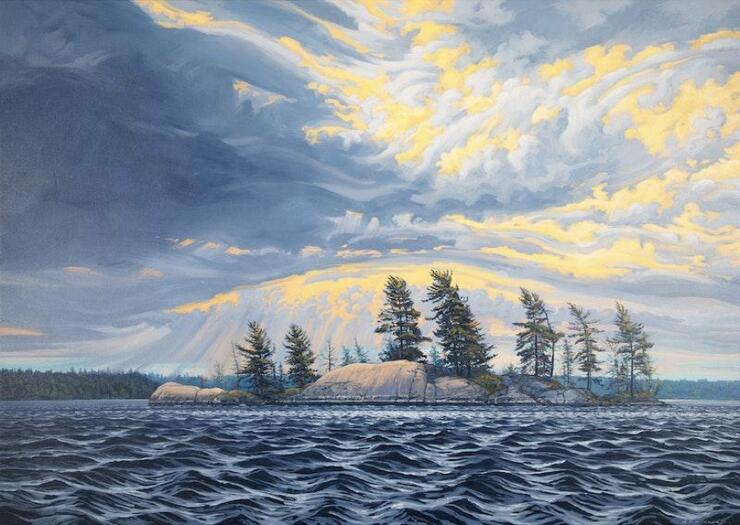
Parker beautifully captures the sculpted shorelines in paintings like South of Tranquil Island and Blueberry Inlet. In the painting Chien D’Or Island, the Passage, he has chosen the perfect viewpoint to create a sense of mystery about what lies beyond.
The natural world has been bewitching Parker since he was very young and living in Ontario’s Muskoka region. When his father took him out pickerel fishing, the youngster would find himself analyzing the cloud structure. His father would remind him they were there to fish.
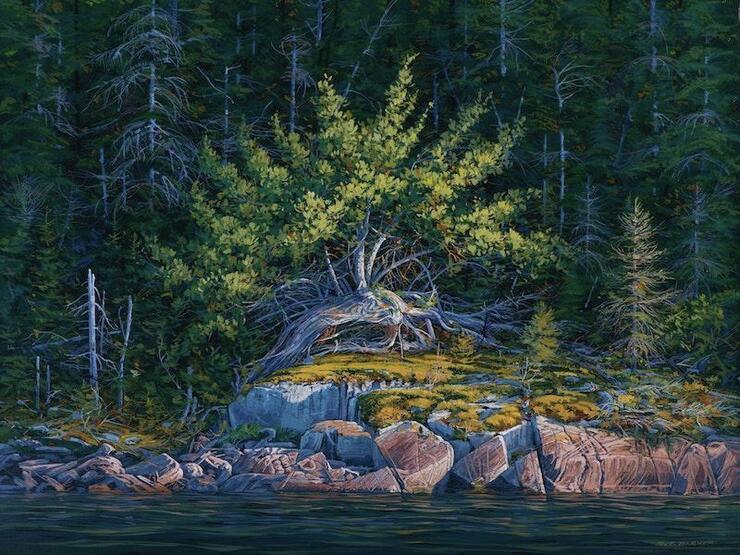
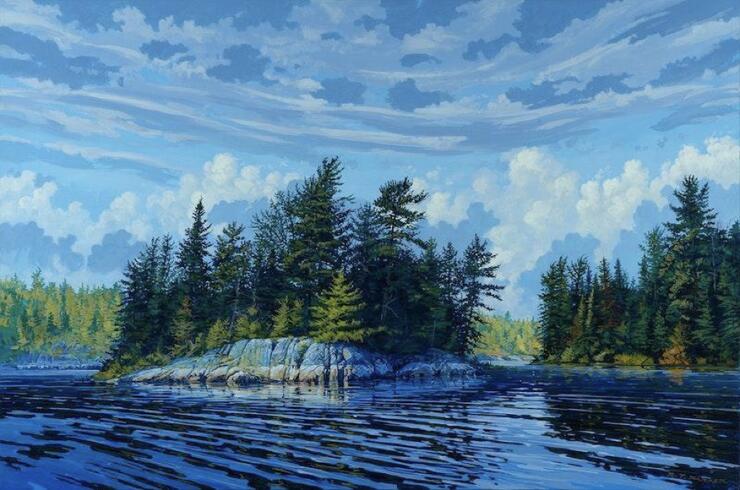
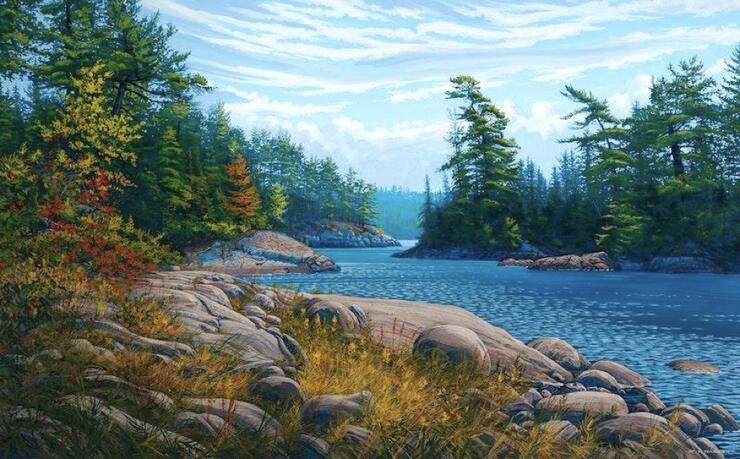
Parker remembers one particular day on Lake of Woods that illustrates how serendipitous the artistic journey can be.
“We were up at dawn and going all day,” Parker recalls. “As the day wore on, it got choppier and darker. We’re both thinking, ‘Our day is done. Everything is going flat.’ As we motored home, the sky broke on the horizon and the sun lit up the shoreline beside us.
“There are moments when you only get to see certain things once,” he notes. “It might last for two minutes or 20. When the magic light shows up, the colours are the most intense.”
The scene that unfolded that day is yet to be captured on canvas. “To do the image justice, it would have to be at least eight feet wide. With the pressure of bringing everything together for the exhibition, and the book, there was not enough time to create this painting,” Parker reveals.
“This is one of the larger pieces that I will create in 2023, just to see it. And, thus, the series goes on.”
The Islands book which evolved during pandemic lockdowns was truly a labour of love for artist and art dealer, who has handled Parker’s work since 1989.
“The book really is a visual treat. The colours are fantastic. Then, there’s the literary content that goes with it,” says Parker, referencing the significant contributions of art curator/historian Greg Humeniuk and Lake of the Woods historian David Malaher, and narratives describing the routes that defined the artistic endeavour.
“The book tells the story of exploring together and creating art. We crashed through waves together, saw exceptional beauty, fished for dinner, found inspiration and studied every one of the 220 islands painted,” he adds.
Mayberry, who celebrated 50 years in the art business in 2022, hopes the Islands paintings and book encourage people to explore Lake of the Woods more extensively.
“Many people have cottages on Lake of the Woods, but they know very little outside of their own bay or their lake trek to town,” he says. “It’s an intimidating body of water until you find your own comfort level and gain some knowledge of it.
“Lake of the Woods is my favourite place in the world. I never get tired of it. When I study the map, I look at places I haven’t been and think, ‘I’m going to go there next year.’”
Take a quick trip to Lake of the Woods with Bill Mayberry and Randolph Parker as they explore the island landscapes. Can you spot Phillip’s Island?
The Islands – Lake of the Woods exhibition has ended, but the collection is archived here Mayberry Fine Art. The Islands book, priced at $95, can be ordered online.
Recommended Articles
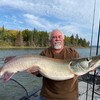
Is the 1,400 Kilometre Drive to Northwest Ontario For a Fishing Trip Worth it?
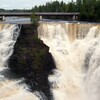
8 must-see waterfalls

6 Ways to Get Your 10,000 Steps This Fall
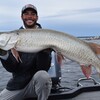
Top 5 Reasons You Should Be Fishing in Morson, Ontario

Discover The Winnipeg River
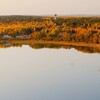
Enjoy Sunset Country's Fall Colours on Your Next Road Trip

Fishing in the Fall?
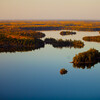
6 Reasons to Book a Fall Vacation to Sunset Country
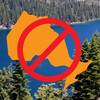
10 Reasons to Avoid Ontario’s Sunset Country
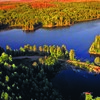
Heading Across Canada?

A Guide to Sunset Country Museums
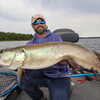
The Promised Land: Best Muskie Fishing in Ontario
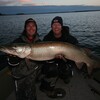
Fall Fishing Tips
5 Essential Boreal Experiences in Ontario's Sunset Country
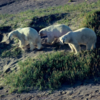
5 Obscure Facts About Northwestern Ontario: Were You Aware of These?

Great Food in Relatively Unknown Places
Outdoor Medicine

A Guide to Bringing Your Pets on Vacation to Canada
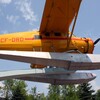
There's more than just fishing in the Red Lake Region

5 Amazing Sights You Can Only See By Boat

Going Fishing in Canada?
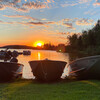
Going fishing in Ontario?

Outdoor Adventure in Ontario's Northern Paradise
Planning A Family Fishing Trip to Canada

Tips from a Fishing Legend
